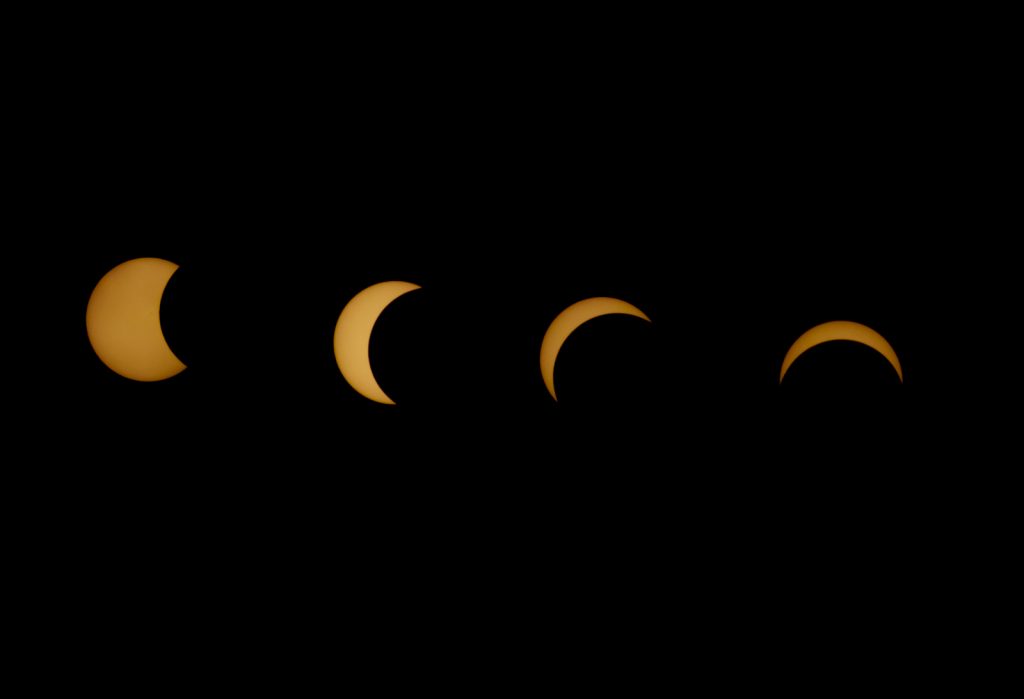It's not always evident that you can use a circular polarizing filer and a neutral density filter on top of one another.
Can I use two or more filters on my lens at once?
The quick answer is YES, although there are a couple of things you may want to know beforehand to minimize any potential issues. First, stacking filters can cause colors to shift, in some cases quite a bit. Secondly, as you stack more filters you may notice the frame of the filters creeping into the corners of your photograph, also known as “filter tunneling”. Be prepared to crop, “content-aware fill”, or “clone stamp” these dark edges out of your final image in post.
Like any profession, photography has no end to the amount of stuff there is to learn. Well over a decade into this profession and I am still learning little tips and tricks that, often, completely change how I approach problems. From my experience, you tend to always learn the big, obvious lessons first: Exposure, capturing motion or stillness, using natural light, etc.. The smaller things, however, sometimes trickle in at a much smaller rate and may only be presented to you after encounter a specific problem.
Using filters on your lenses is a great example of both of these concepts. Most photographers tend to get a UV filter with their first camera, and thus the concept of using a filter is among the very first lessons you’ll encounter. Want to take pictures of water? Well, most of us do sooner or later, so you better get a circular polarizing filter! On the other hand, the idea of using a neutral density filter to increase your exposure time so as to capture a larger range of motion from that water is something that often isn’t presented to us until quite a while down the road. For me, it was years before I had a use for a neutral density filter.
The natural progression is to begin to chain concepts together, using compounded techniques to achieve desired results. When it came to stacking filters, this wasn’t readily apparent to me. For whatever reason, my brain short-circuited and I was left thinking I should only use one filter at any given time. This all changed for me one day when I was shooting a river in fairly bright light. I knew I was going to use my ND filter but, since the one I had only afforded me 3 stops of light reduction, it still wasn’t enough to give me the silky smooth effect I was looking for. Out of desperation, I realized that my circular polarizer can also cut as much as 2 stops of light under the right conditions so I took it out of my bag and stacked it on top of my ND filter. The results were exactly what I looking for and left me sitting there on the river’s edge thinking, “Well, duh!”
Look, I know a lot of you are going to read this and are smacking your palm against your forehead thinking, “Geeze, this guy gets paid for this?”, and I agree, the concept should have occurred to me earlier, but the truth is the simplest details elude all of us at some point. I pride myself being able to solve almost any design or photography challenge that comes my way and I’ve built a career on saying “yes” to projects everyone else said “no” to. However, that doesn’t mean I am immune to missing the glaringly obvious at times!
To those who, maybe like me and, haven’t realized this yet, there are a few things to take into account as mentioned at the start of this article. First is the color shift; not all filters are created equal. Cheaper filters will begin to nudge your color balance in unwanted directions. If you stack two such filters together you’re nudging that balance even further. Luckily global color correction is fairly trivial these days so that shouldn’t present much of a problem. Second is the “filter tunneling” effect that occurs as the added length of the filters beings to creep into your frame. This problem can occur at varying degrees depending on the number and design of your particular filters, but a quick trip into photoshop is usually all it takes to remedy the issue.
In case you’re wondering what the result of stacking two filters may look like, here’s another river photo I took in the past week that uses both ND and Polarizing filters.
And here’s one last thing to consider, you don’t always have to employ filters in the manner they were intended for. For instance, you can use an infrared filter to safely capture a solar eclipse!




